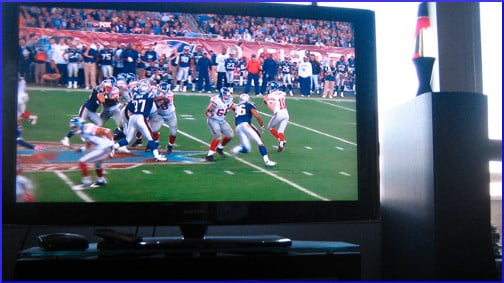Childhood Obesity News has been looking at possible contributing factors in the childhood obesity epidemic. Back in 2012, Rice University researchers looked at 17,000 kids from 4,700 American neighborhoods, and deduced from studying those 5-year-olds that growing up in a low-income area is an obesity risk. Nicole Etolen reports:
They found that children living in poorer areas had about a 28% higher chance of developing childhood obesity than their counterparts in wealthy neighborhoods. Even children living in middle-income neighborhoods were at a 17% increased risk than those in the more affluent communities.
Last year, word came from Canada that feeling unsafe is another component that goes along with an impoverished childhood, and together they are tightly aligned with weight issues. Researchers from the University of Montreal and the Sainte Justine Research Center interviewed more than a thousand secondary school kids about bullying of the verbal, social and physical varieties, along with their perceptions of victimhood and their feelings of safety.
Chronic poverty correlates with being overweight, despite the fact that economically disadvantaged kids get more exercise (probably because many low-income families don’t own cars). Perhaps surprisingly, boys feel more unsafe at school than girls, and experience more fear of victimization. When the poverty begins early, feelings of being endangered and vulnerable will spring up, even without actual bullying.
What does it take to increase the perception of safety at school? A neighborhood replete with trees and other plant life, and a reduction of disorder (which could mean a lot of different things, not all of them desirable). Also considered helpful are good relationships with teachers, and a general climate of respect and appreciation within the school environment.
Did Your Team Lose? You’ll Eat More
A French business school looked into the post-game dietary habits of American fans of National Football League teams, and found that…
…backers of NFL teams eat more food and fattier food the day after a loss. Backers of winning teams, by contrast, eat lighter food, and in moderation. After a defeat, the researchers found that saturated fat consumption went up by 16 percent, while after a victory it decreased by 9 percent…Overall calorie consumption went up by 10 percent after losses, and down by 5 percent after wins.
Prof. Pierre Chandon told the press that the binge reaction was even more noticeable in cities where football is something like a religion. Sports enthusiasts in places like Pittsburgh and Green Bay will consume 28% more saturated fat after their teams lose—while winning inspires them to take in 16% less saturated fat.
The really interesting part is, the wound does not even have to be fresh. When the researchers asked people to recall catastrophic team losses from the past, they gobbled up more saturated fat than ever. On the other hand, reporter Shankar Vedantam wrote:
Winning seems to make people think long-term—they look forward to the next match, for example. The satisfaction of winning increases the capacity of people to withstand difficult choices—to pick the salad over the fries.
And by the way, the French react in the same way to the fortunes of their soccer teams.
Your responses and feedback are welcome!
Source: “The Impact of Income on Childhood Obesity,” OurFamilyWorld.com, 11/20/12
Source: “Feeling Unsafe at School, Poverty Tied to Childhood Obesity,”
PsychCentral.com, 05/04/15
Source: “Diet of Defeat: Why Football Fans mourn With High-Fat Food,” NPR.org, 09/23/13
Image by rick


 FAQs and Media Requests:
FAQs and Media Requests: 











